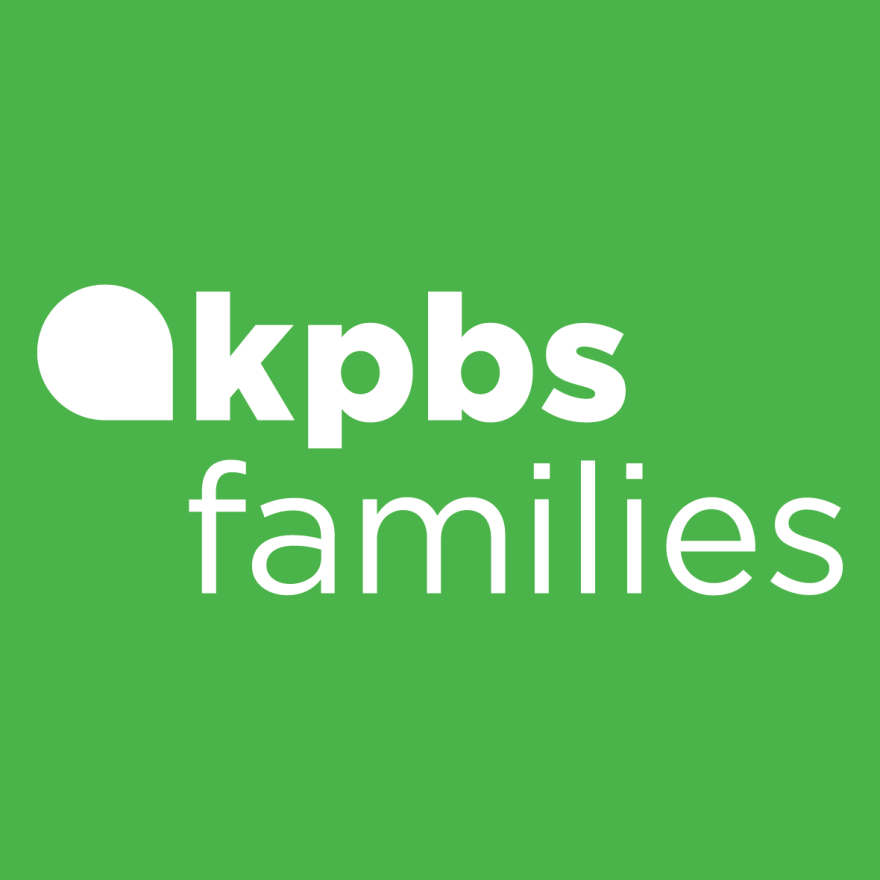On April 8, a total solar eclipse will be viewable from Mexico, the United States and Canada.
Eclipses happen several times a year but solar ones are rarer than lunar ones.
Read on to learn about this exciting event, where to watch it and how to experience it safely. (No looking directly into the sun!)
What is the solar eclipse?
This is a celestial event where the moon passes between the sun and Earth, blocking the sun and darkening the sky. This happens only during new moon phases.
There are three types of solar eclipses: total, annular and partial. The celestial phenomenon on April 8 is total — the moon appears to completely block the sun.
There’s also lunar eclipses — where the Earth is between the moon and the sun.
Eclipses happen anywhere from four to seven times a year, but it’s rarer to encounter a solar eclipse rather than lunar ones. That’s because solar eclipses are only visible from a small area of Earth each time. Lunar eclipses are usually visible from half of Earth each time.
When is the solar eclipse happening?
On Monday, April 8 in San Diego, a partial solar eclipse can be seen starting at 10:03 a.m. when the moon appears to touch the sun’s edge. The moon will be closest to the center of the sun at 11:11 a.m. with the eclipse concluding at 12:23 p.m.
How much of the eclipse will be seen in San Diego?
San Diego lies outside the eclipse’s path of totality, according to San Diego State University astronomer Douglas Leonard. “The 'path of totality' is a thin strip (about 100 miles wide) along the globe, within which a total solar eclipse is visible,” Leonard said in an interview with SDSU.
On April 8, the path starts in western Mexico and will move across the central and eastern U.S. and end in southeastern Canada.
Since San Diego isn’t along that path, we’ll see a partial eclipse — where the moon only covers part of the sun.
“Unfortunately, no total eclipses will be visible from San Diego in the next century,” Leonard said. “And the next one that will cross a significant swath of North America is over 20 years away — on August 12, 2045. That one has a path of totality that crosses into Northern California and then exits through South Florida, and about 80% of the eclipse will be visible from San Diego.”
What’s the best way to watch the solar eclipse in San Diego County?
The best way to view the eclipse is SAFELY (don’t look directly at the sun!). Skip down for safety tips.
A number of places are holding viewing events if you’d like to experience this celestial phenomenon with a group.
Some library branches are holding eclipse viewing events on April 8:
- Solar Eclipse Viewing Party and Craft, 9:30 to 11:30 a.m., Rancho Peñasquitos
- Solar Eclipse Viewing Party, 10:45 a.m. to 12:00 p.m., Mission Hills-Hillcrest/Knox Library
- Solar Eclipse Viewing Table, 10 a.m. to 12:00 p.m., Serra Mesa-Kearny Mesa Library
- Solar Eclipse Dance Party! 11:30 a.m. to 12:15 p.m., College-Rolando Library
- Eclipse Viewing Party, 10:00 a.m. to 12:15 p.m., Pacific Beach/Taylor Library
- Solar Eclipse Viewing Party, 10 a.m., Julian Library.
- Total Eclipse Viewing Event Hosted by SDSU Astronomy Dept. 10:30 a.m. to 12 p.m., Encinitas Library
The Fleet Science Center is also hosting its own viewing party from 9 a.m. to 12:30 p.m. The event will be outside the museum in front of the Bea Evenson Fountain.
Mount Helix Park in La Mesa has a viewing party from 10 a.m. to noon with complimentary solar eclipse glasses while supplies last. The event is only for park members, however. RSVP to attend.
On SDSU’s campus, the astronomy department and the Schwartz Astronomical Society will have telescopes and solar sunglasses to view the eclipse. Visit the Mediterranean Garden just west of the Physics/Astronomy building to find them.
You can also watch it online via NOVA’s livestream from the Kerrville Eclipse Festival in Kerrville, Texas.
How can I safely view a solar eclipse?
Looking directly at a solar eclipse can cause eye damage, just like looking directly at the sun would. Although we wear them when it’s sunny out to protect our eyes, regular sunglasses will not suffice for viewing an eclipse safely.
To experience the eclipse you’ll need special eye protection. You can get safe solar viewing glasses (eclipse glasses), a handheld solar viewer or buy a piece of arc welder’s glass in shade #13 or #14.
There’s indirect viewing measures like pinhole projectors as well. These have a small opening that projects an image of the sun onto a surface. You can make your own.
If you use a telescope, camera or binoculars, you’ll need a special-purpose solar filter secured over the lens.
Where do I get eclipse glasses?
KPBS was giving away free ones through a partnership with NOVA but they were so popular, we ran out! There are some other places you can snag some free ones, however.
- Some San Diego Public Library branches are giving some away for free. Call your local branch to see how to get them.
- San Diego County Library branches also have some. Call the nearest location to inquire.
- You can buy some from the Fleet Science Center’s North Star Science Store.
- Some local events will provide eclipse glasses, like SDSU’s astronomy department’s viewing event on campus.
Livestream
Northern Vermont will be in the final path of totality for a total solar eclipse on April 8. The livestream by Vermont Public Radio starts after the partial eclipse ends in San Diego County. Watch their total solar eclipse coverage below starting at 12 p.m. PST. ⬇️








